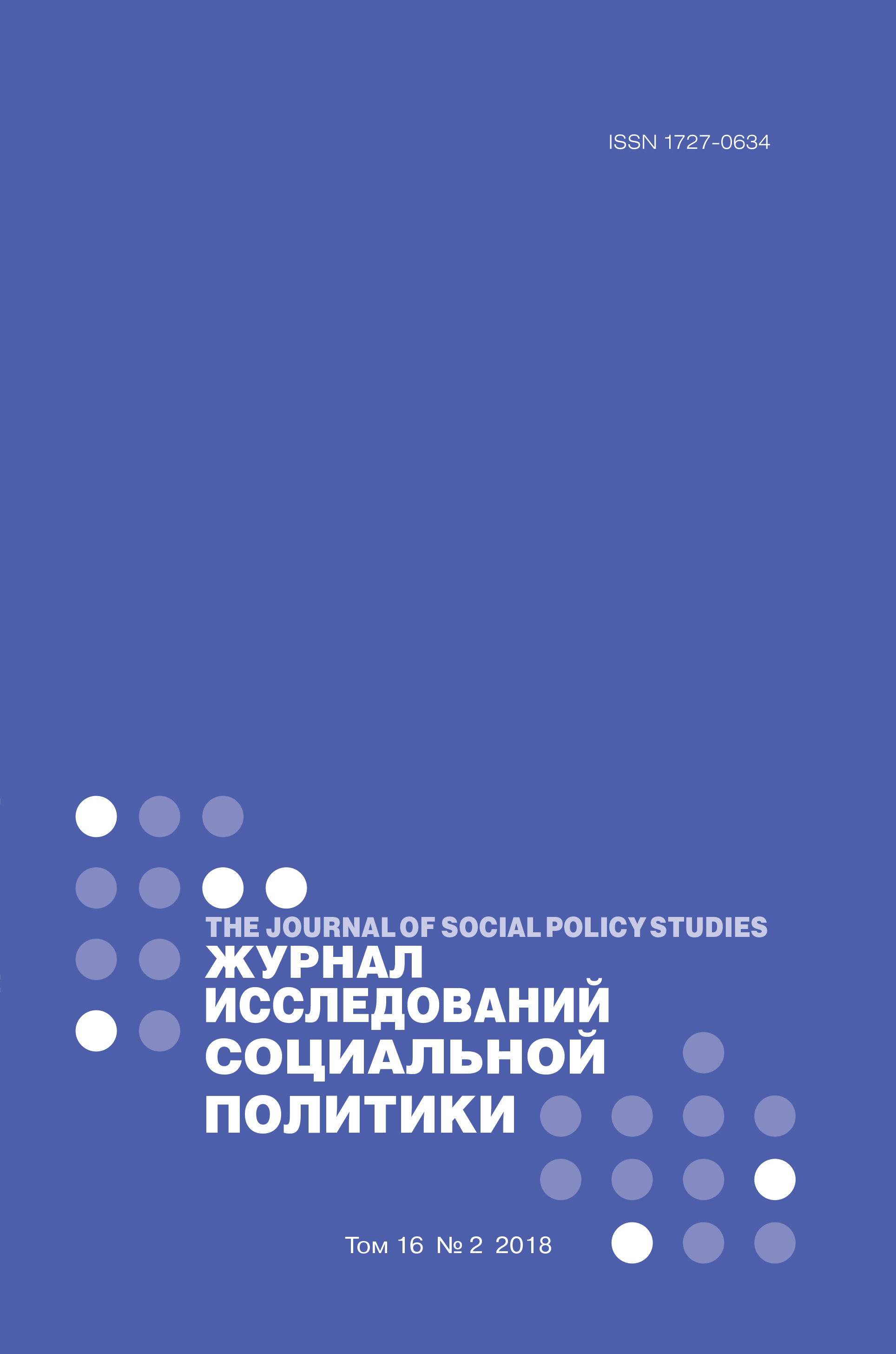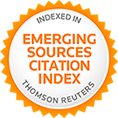The Health and Age Structure of Russian Workers: Tradition as Opposed to Change
Abstract
Natalia E. Tikhоnova – Dr. Sci. (Sociol.), Professor-researcher, National Research University Higher School of Economics; Chief Researcher, Federal Center of Theoretical and Applied Sociology of the Russian Academy of Sciences, Moscow, Russian Federation. Email: ntihonova@hse.ru
The article examines an important element of workers’ human potential: their physiological resources, which are operationalized through indicators of age and health, such as the presence of disabilities, twenty-three types of chronic diseases and self-assessments of health. What is shown is that the
age structure of Russian workers traditionally reproduces itself and practically coincides with the age structure of the working population of the country in general. This means we cannot fix a clear deterioration of the human potential of workers in this respect in recent decades. The myth that young
people do not want to become workers is mainly due to the high proportion of informal employment among young workers. However, during the last years there have been some changes in this regard: among young people under twenty-five the occupation of the salesperson has actually become
more popular than the occupation of worker. It is also shown that Russian workers are a very heterogeneous professional group in terms of their health. While skilled workers are characterized by good health indicators, unskilled manual workers have the worst health indicators of all occupational groups even in their youth; they are also characterized by the most prominent tendency of its further deterioration with age, and this deterioration has a clear gender asymmetry. Three groups of workers are defined: 1) completely healthy; 2) with some health problems; 3) having multiple and serious health
problems. In this paper, estimates of their shares and distribution in different subgroups of workers are presented. The key conclusion is that the physiological resources of qualified workers in Russia are now sufficient to fulfill the tasks facing them in the event of possible future intensive technological restructuring of the economy.















